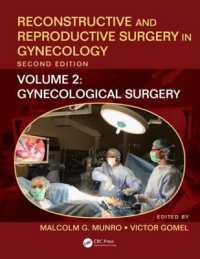Full Description
The Aaniiih (Gros Ventre) Language is a tribally centered reference grammar of Aaniiih. A member of the Algonquian language family, Aaniiih is most closely related to the Arapaho language. Previously spoken in areas of central and southern Alberta and Saskatchewan and northern Montana, the language is now spoken on the Fort Belknap Reservation in north central Montana. Andrew Cowell and Terry Brockie worked with tribal members to retranscribe historical and archival documentation of the language in order to revitalize it.
This grammar provides a comprehensive description of the language throughout all its stages, focusing on the phonology and morphology of new word formation; on levels of politeness in the language and strategies for indirectness; and on salient cultural topics such as place-names, personal names, prayer, and traditional narrative, as well as greetings, departures, and a rich variety of exclamations and interjections. The grammar describes both classical (pre-reservation) and modern Aaniiih, allowing contemporary revivers of the language to fully understand both and to choose which to focus on for teaching and learning.
The Aaniiih (Gros Ventre) Language is an essential guide to assisting with the Gros Ventre nation's efforts to teach and revitalize its language in the twenty-first century.








